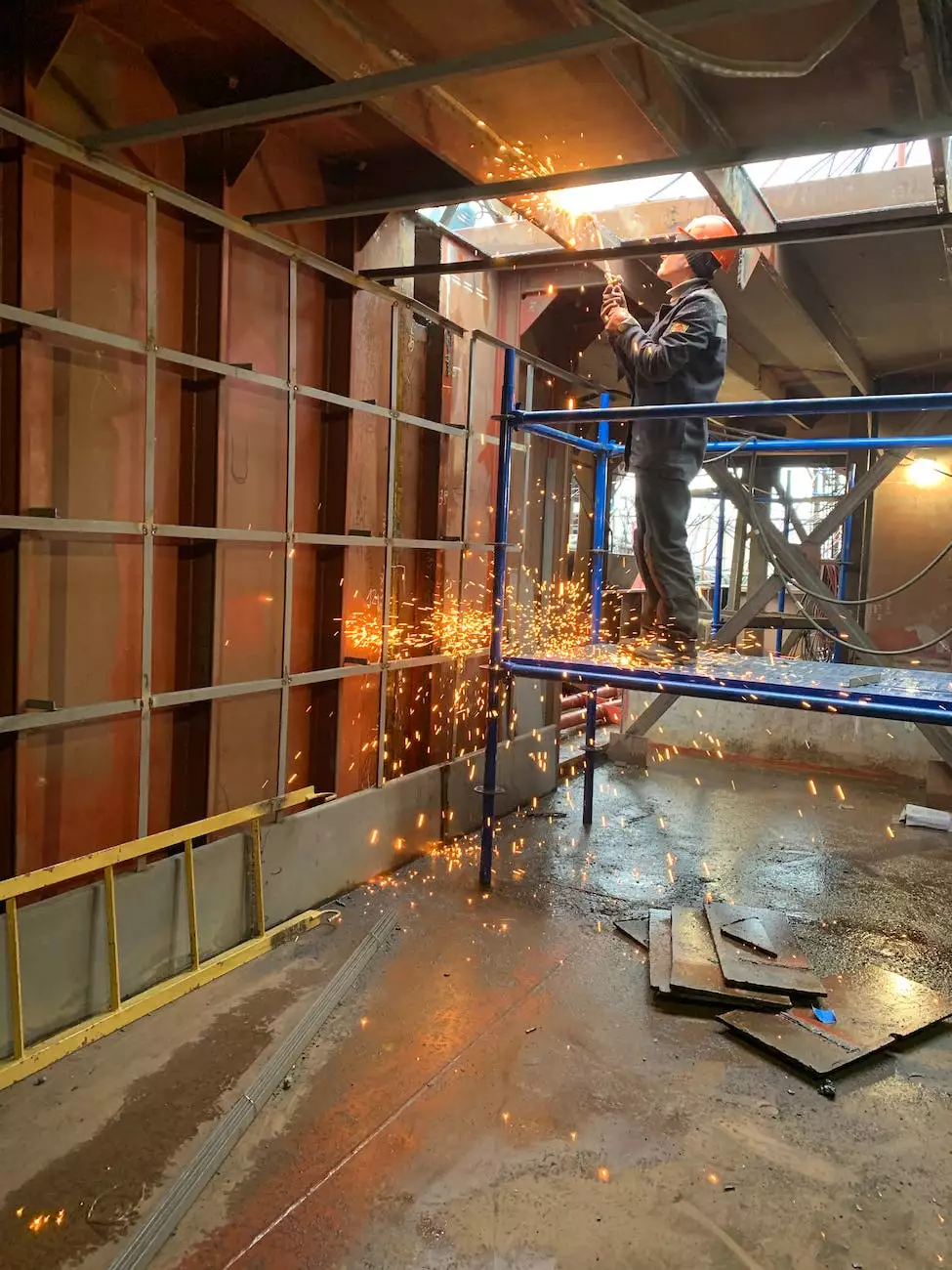Isolating and Repairing Diesel Engine Fluid Leaks
Chassis
If you are experiencing diesel engine fluid leaks, it's crucial to address the problem promptly to prevent further damage and ensure the optimal performance of your diesel engine. At Grafco Electric, we understand the significance of effective isolation and repair techniques for diesel engine fluid leaks. In this comprehensive guide, we will provide you with valuable insights, recommended solutions, and troubleshooting techniques to help you address and resolve diesel engine fluid leaks effectively.
Understanding Diesel Engine Fluid Leaks
Diesel engine fluid leaks can occur due to various reasons, including worn-out gaskets, loose fittings, or damaged components. It's important to identify the source and severity of the leak to determine the appropriate course of action. Some common signs of diesel engine fluid leaks include:
- Visible puddles or stains underneath the engine
- Low fluid levels
- Unusual or strong odors
- Decreased performance or efficiency
Once you have identified the presence of a diesel engine fluid leak, it's essential to take immediate action to mitigate any potential risks and prevent further damage.
Isolating Diesel Engine Fluid Leaks
To effectively isolate diesel engine fluid leaks, follow these steps:
- Inspect the Engine: Begin by visually inspecting the engine for any visible signs of leaks. Look for any wet spots, stains, or puddles.
- Check Fluid Levels: Ensure that the fluid levels are within the recommended range. Low fluid levels can indicate a leak.
- Trace the Source: Carefully trace the source of the leak by identifying the component or area where the fluid is originating. Common areas prone to leaks include gaskets, hoses, and seals.
- Perform a Pressure Test: If the source of the leak is not evident, consider performing a pressure test to identify any hidden or internal leaks.
By following these steps, you will be able to isolate the diesel engine fluid leak effectively and move on to the next stage - repairing the leak.
Repairing Diesel Engine Fluid Leaks
Repairing diesel engine fluid leaks requires careful attention to detail and the appropriate tools. Here are some recommended repair techniques:
1. Gasket Replacement
Worn-out or damaged gaskets are a common cause of diesel engine fluid leaks. To replace a gasket:
- Identify the Problematic Gasket: Locate the specific gasket that needs to be replaced.
- Drain the Fluid: If necessary, drain the fluid to facilitate the gasket replacement process.
- Remove the Old Gasket: Carefully remove the old gasket using the appropriate tools.
- Clean the Surfaces: Thoroughly clean the surfaces where the new gasket will be installed to ensure a secure seal.
- Install the New Gasket: Place the new gasket in the correct position, ensuring proper alignment.
- Tighten the Fasteners: Gradually and evenly tighten the fasteners following the manufacturer's specifications.
- Refill the Fluid: Once the gasket replacement is complete, refill the fluid to the recommended level.
2. Hose or Seal Repair
If the leak is originating from a hose or seal, consider the following repair steps:
- Identify the Problematic Component: Determine the specific hose or seal that requires repair.
- Inspect for Damage: Carefully inspect the component for any signs of damage, such as cracks or wear.
- Replace or Repair: Depending on the extent of the damage, you may need to replace the entire hose or seal, or apply a suitable sealant or patch to address the issue temporarily.
- Test for Leak: After repairing or replacing the hose or seal, perform a thorough leak test to ensure the issue has been resolved.
Remember, it is crucial to use high-quality replacement components and follow manufacturer guidelines during the repair process to ensure long-lasting results.
Preventive Measures
Once you have successfully isolated and repaired the diesel engine fluid leak, it's important to implement preventive measures to avoid future leaks. Consider the following steps:
- Regular Maintenance: Schedule regular maintenance, including inspections and fluid checks.
- Replace Worn Components: Proactively replace worn-out gaskets, hoses, or seals before they lead to leaks.
- Monitor Fluid Levels: Keep a close eye on fluid levels and top up as necessary to prevent leaks caused by low fluid levels.
- Train Personnel: Educate operators and maintenance personnel on proper handling and maintenance practices to reduce the risk of leaks.
By following these preventive measures, you can minimize the chances of diesel engine fluid leaks and ensure the optimal performance and longevity of your diesel engine.
Contact Grafco Electric for Expert Assistance
If you require professional assistance in isolating and repairing diesel engine fluid leaks, don't hesitate to contact Grafco Electric. Our team of experienced technicians specializes in diesel engine maintenance and repairs, and we are equipped with the knowledge and expertise to effectively address fluid leaks. With Grafco Electric, you can trust that your diesel engine is in capable hands.
Don't let diesel engine fluid leaks compromise the performance and reliability of your equipment. Take the necessary steps to isolate, repair, and prevent leaks to ensure smooth operations and longevity of your diesel engine. Contact Grafco Electric today and let us assist you in resolving diesel engine fluid leaks efficiently.










